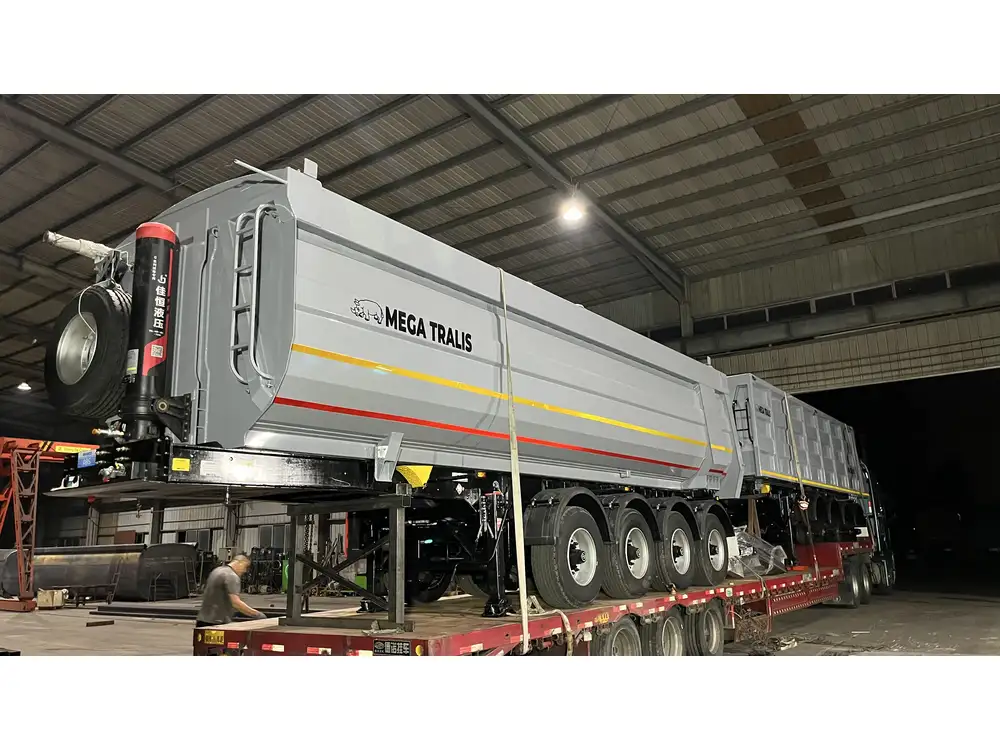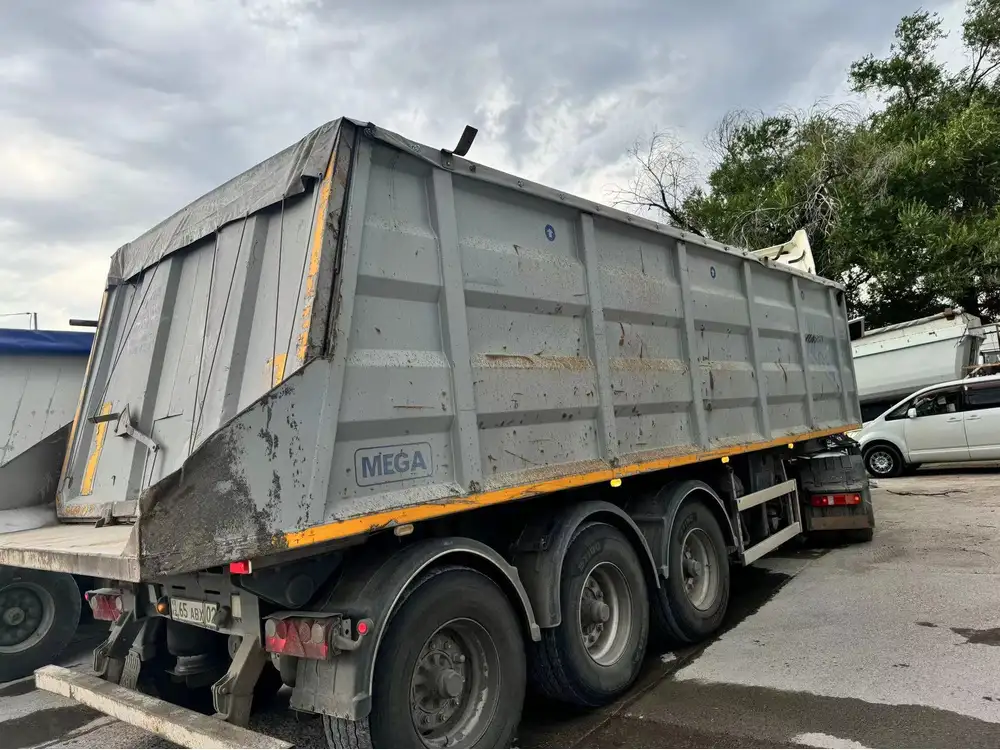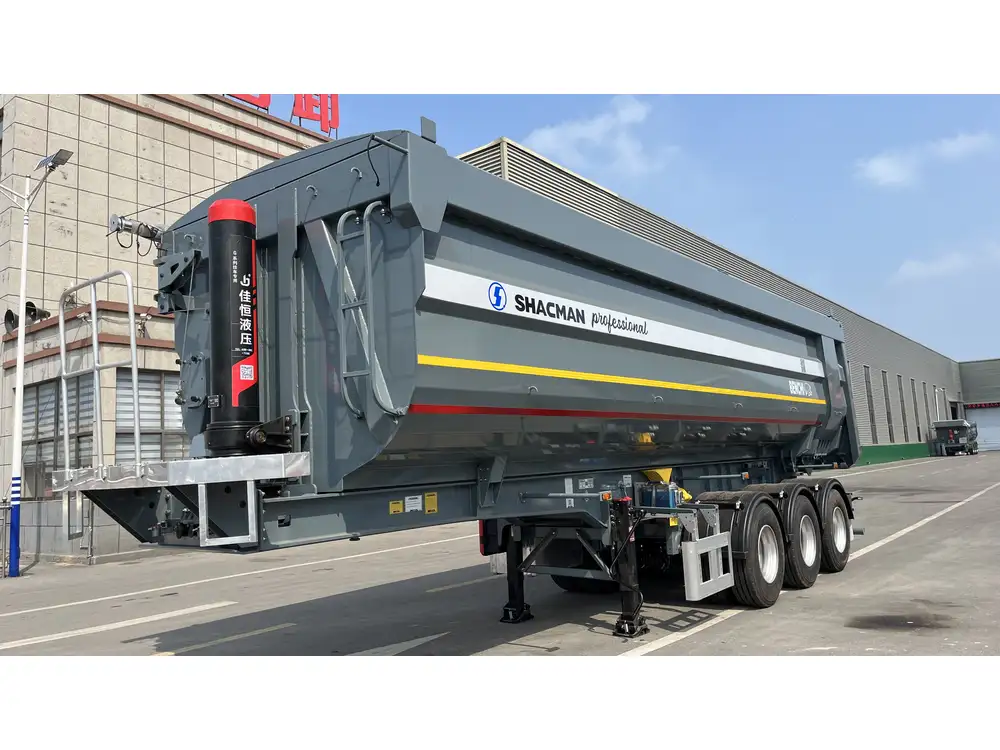In the world of transportation and logistics, the flatbed trailer stands as a robust workhorse, facilitating the movement of goods across vast distances. However, when it comes to the question of whether or not it is legal to have an overhang on a 53 flatbed trailer, the answer is not merely “yes” or “no.” It ventures into a nuanced territory that concerns regulations, safety, and best practices that every carrier should be abreast of.
Understanding Overhang: What Does It Mean?
Before delving into legality, it is essential to understand what “overhang” refers to, especially in the context of flatbed trailers. Overhang is the part of a load that extends beyond the trailer’s main body. This typically occurs when the cargo being transported cannot fit entirely within the confines of the trailer, whether due to size, shape, or weight distribution requirements.
Types of Overhang
- Front Overhang: This occurs when the load extends beyond the front of the trailer.
- Rear Overhang: When the cargo extends beyond the back of the trailer.
- Side Overhang: This involves cargo that veers beyond the side rails.
Understanding these different types of overhang is crucial for both safety and regulatory compliance.

Legal Framework: Federal and State Regulations
Federal Regulations
The United States Department of Transportation (DOT) has specific guidelines pertaining to the transportation of oversized loads. Here’s a general framework to consider:
Length Regulations: In many states, the maximum allowed length for a flatbed trailer, including the load, ranges from 65 to 75 feet. For example, the Federal Highway Administration (FHWA) typically defines a maximum legal length of 53 feet for flatbed trailers under normal circumstances.
Overhang Limits: The Federal regulations establish that a front overhang should not exceed 3 feet, and a rear overhang should not exceed 4 feet. This includes the combined length of the trailer and the load.
Flagging Requirements: When a load exceeds certain limits, DOT mandates the use of warning flags. Specifically, if your overhang exceeds 4 feet (typically on the rear), a red flag must be displayed on the end of the load during daylight hours. If traveling at night, you may also need to use lights or reflectors.
State Regulations
While federal laws provide a framework, individual states can enforce stricter regulations. Here’s a breakdown of essential considerations:
| State | Front Overhang Limit | Rear Overhang Limit | Side Overhang Limit |
|---|---|---|---|
| California | 3 feet | 4 feet | 6 inches |
| Texas | 3 feet | 4 feet | 4 feet |
| Florida | 3 feet | 4 feet | 4 inches |
States also have specific laws governing permit requirements for oversized loads. Implementing these permits often depends on factors like time of travel, designated routes, and load specifics.

Safety Implications of Overhanging Loads
The significance of adhering to legal limits is not just about compliance; it’s largely about safety. Overhanging loads can pose risks that affect not only the driver but also other road users:
- Visibility: Significant overhang can diminish the driver’s rearward visibility, increasing the chance of accidents.
- Stability: Cargo that extends too far can affect the trailer’s stability, making it prone to tipping or swaying, particularly in windy conditions or during turns.
- Load Shift: If a load is improperly secured, it may shift during transit, leading to catastrophic failures resulting in accidents.
Best Practices for Securing Overhanging Loads
- Proper Signage and Flagging: Ensure that you use the appropriate flags and signs as required by state and federal law.
- Enhanced Securing Techniques: Utilize additional tie-downs for overhanging sections, adhering to the ‘one tie-down for every 10 feet’ rule when securing the entire load.
- Load Distribution: Ensure that the weight is distributed evenly on the trailer to maintain balance.
Getting the Right Permits
When planning to transport an oversized load, obtaining the necessary permits is crucial. The process involves:
- Consulting State DOT Websites: Various states maintain online portals detailing their specific requirements. This includes application processes, fees, and requisite documentation.
- Understanding Route Restrictions: Certain routes may be off-limits for oversized vehicles, so pre-planning routes is fundamental.
- Engaging with Local Authorities: In some situations, a conversation with local law enforcement or DOT offices can provide clarity on additional local regulations.

The Role of Equipment and Loading Techniques
Effective loading techniques and the right equipment play a vital role in safely transporting overhanging loads:
- Use of Extensions: Sometimes, extensions are necessary for safety. Utilize rolling tarps or other extensions that connect safely without compromising the trailer’s integrity.
- Employing Ramps: If your load is particularly high, consider using ramps to align the load with the trailer more evenly, minimizing potential overhang or height restrictions.
Technology’s Impact on Hauling Oversized Loads
Modern technology has transformed the transport industry, particularly when it comes to managing oversized loads:
Software Solutions
Routing Software: Specialized logistics software can aid in identifying the safest routes based on load size and state regulations. These tools can highlight low-clearance bridges, weight limits, and other potential hazards.
Fleet Management Systems: These systems enable real-time tracking and monitoring of cargo, ensuring compliance with regulatory requirements while optimizing routes for fuel efficiency.

Training and Awareness
Providing comprehensive training regarding legal standards and safety measures is imperative. Ensure truck drivers and operators understand the importance of adhering to regulations, as ignorance is no defense when it comes to legal compliance.
Conclusion: A Final Word on Overhang and Compliance
In sum, the question of whether it is legal to overhang on a 53 flatbed trailer is multifaceted. It hinges on a combination of federal and state laws as well as safety considerations. By thoroughly understanding the guidelines surrounding overhang limits, securing proper permits, and employing best practices in load management, you can navigate the complexities of transporting oversized loads more effectively.
Thus, it is not merely a matter of legality but also a question of responsibility. Adhering to regulations not only ensures compliance but also contributes significantly to safety on the roads. Whether you are a fleet operator, a truck driver, or someone involved in logistics, it is vital to stay informed and make decisions that prioritize safety and legality above all.
Equipped with this knowledge, you can confidently approach your next transport task, fully aware of the implications surrounding overhanging loads on flatbed trailers. Make safety a priority, and together, we can cultivate a culture of compliance throughout the trucking industry.



